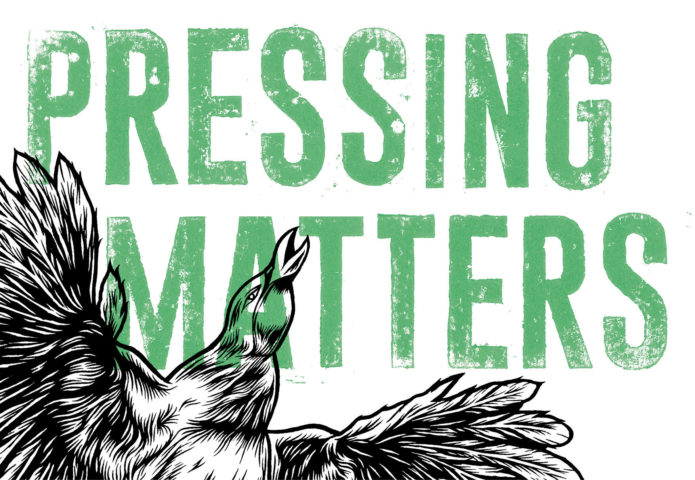Timoteus Anggawan Kusno
Timotius Anggawan Kusno was born in 1989. Drawing from his academic background in social & political science, he uses ethnographic methods and institutional approaches to produce drawings, photographs, films, and installations. In his work Kusno challenges historical memory and dominant narratives, articulating questions around remembering, forgetting, and the in- between; and pointing to stories that have been lost and unwritten. His work plays on the fluidity of fantasy and history. Next to his artistic practice, he has also been developing the Centre for Tanah Runcuk Studies (CTRS) since 2013, a (fictional) institution which conducts ‘studies’ on a (lost) territory in the Dutch East Indies called Tanah Runcuk, involving historians, anthropologists, fellow artists, and academics.
His work on the Pentagonal Icositetrahedron, showing a group of people that appear spent; carrying a heavy burden, refers to the Dutch colonial history of Indonesia. Kusno made it as he was reading the well-known Dutch 1859 novel Max Havelaar by Multatuli (pseudonym of Eduard Douwes Dekker). The novel is set in the period of the Dutch-Indies, as the colonised regions in Indonesia were then called. In the book, Multatuli (Latin for: ‘I have suffered much’) critiques a the corrupt government system of the Dutch-Indies.
Exhibitions
